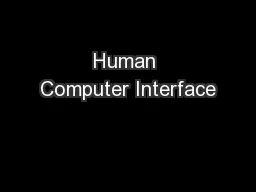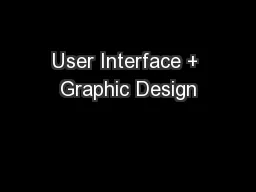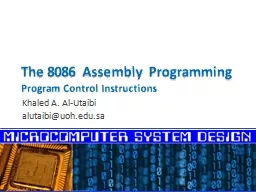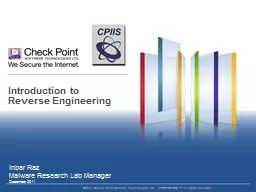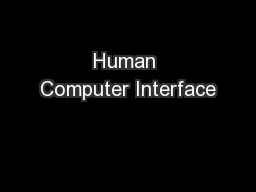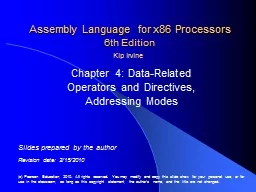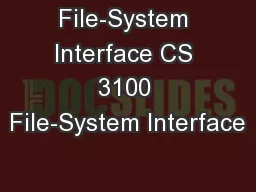PPT-Development of a user interface for complex terrestrial mov
Author : celsa-spraggs | Published Date : 2017-07-23
Ben Waida Mentored by Craig Schell Introduction Any vehicle with three or more degrees of freedom requires an equally complex user interface or control mechanism
Presentation Embed Code
Download Presentation
Download Presentation The PPT/PDF document "Development of a user interface for comp..." is the property of its rightful owner. Permission is granted to download and print the materials on this website for personal, non-commercial use only, and to display it on your personal computer provided you do not modify the materials and that you retain all copyright notices contained in the materials. By downloading content from our website, you accept the terms of this agreement.
Development of a user interface for complex terrestrial mov: Transcript
Download Rules Of Document
"Development of a user interface for complex terrestrial mov"The content belongs to its owner. You may download and print it for personal use, without modification, and keep all copyright notices. By downloading, you agree to these terms.
Related Documents


